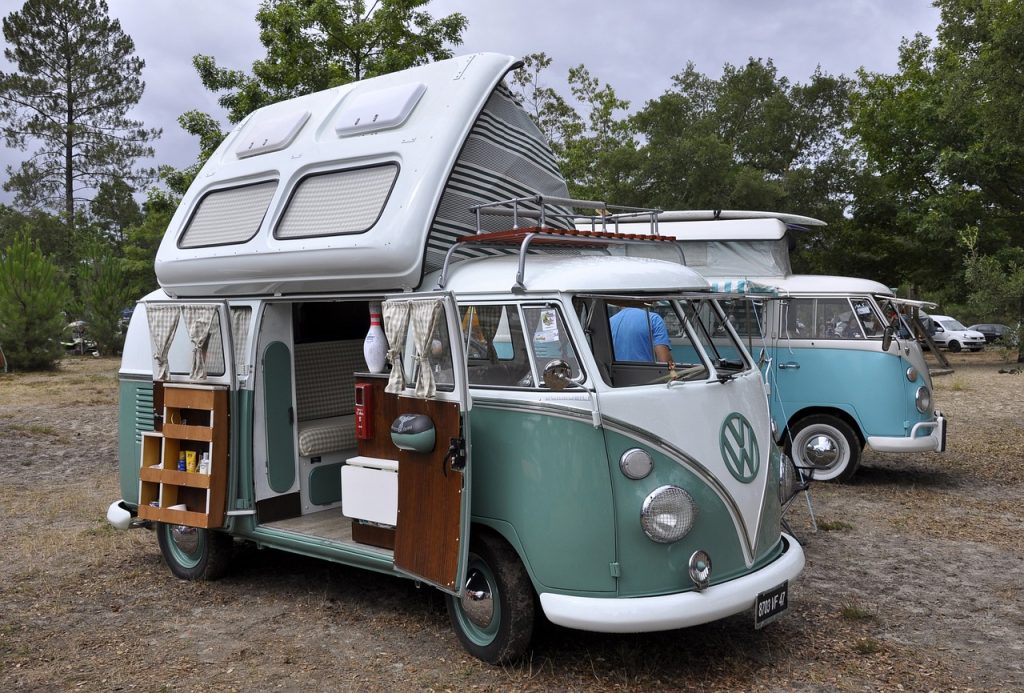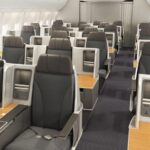A nomadic life in a van refers to a lifestyle choice where individuals or families choose to live and travel full-time in a van or other converted vehicle. This way of life is also commonly known as “vanlife” and has gained significant popularity in recent years, thanks to the flexibility, freedom, and sense of adventure it offers. In this comprehensive guide, we will explore the various aspects of vanlife, including the motivations behind choosing this lifestyle, the types of vehicles used, the process of converting a van, the challenges and rewards of living on the road, and tips for making the most of your nomadic journey.
Motivations for Choosing a Vanlife Lifestyle
People choose vanlife for various reasons, ranging from practical considerations to personal philosophies. Some of the most common motivations include:
Financial Savings: Living in a van can help reduce living expenses, particularly when it comes to housing costs. Many individuals choose vanlife as a way to save money, pay off debt, or achieve financial independence.
Travel and Adventure: Vanlife allows for continuous exploration and the opportunity to experience new places, cultures, and natural wonders. For many, the appeal of vanlife lies in the sense of freedom and adventure that comes with a life on the road.
Simplicity and Minimalism: Living in a van requires adopting a minimalist lifestyle due to limited space and resources. For some, this lifestyle shift is a welcome change that allows them to focus on experiences and relationships rather than material possessions.
Flexibility and Remote Work: With the rise of remote work opportunities, many professionals can now work from anywhere with an internet connection. Vanlife offers the flexibility to travel while maintaining a career or running a location-independent business.
Types of Vehicles Used for Vanlife
While the term “vanlife” implies that vans are the primary vehicle of choice, various other types of vehicles can be adapted for a nomadic lifestyle. Some popular options include:
Cargo Vans: Cargo vans are a popular choice for vanlife conversions due to their affordability, availability, and the blank canvas they provide. Common models include the Mercedes-Benz Sprinter, Ford Transit, and Ram ProMaster.
Converted Buses: Some individuals choose to convert school buses or commercial buses into mobile homes. These larger vehicles, often called “skoolies” or “bus conversions,” can offer more living space and amenities than a traditional van.
RVs and Campervans: Recreational vehicles (RVs) and campervans come pre-built with living amenities and are ready for life on the road. They can be more expensive than a DIY van conversion but offer convenience and a finished interior.
Trailers: Travel trailers or tiny homes on wheels can also serve as mobile living spaces. While they require a separate tow vehicle, they can provide more living space and amenities compared to vans or buses.
The Process of Converting a Van
Converting a van into a comfortable living space requires planning, creativity, and resourcefulness. The conversion process typically involves the following steps:
Planning and Design: Begin by assessing your needs and priorities for your mobile living space. Consider factors such as sleeping arrangements, cooking facilities, storage, and power requirements. Sketch out a rough floor plan and create a list of essential components for your build.
Insulation and Ventilation: Insulating your van is crucial for maintaining comfortable temperatures and preventing condensation. Common insulation materials include foam boards, spray foam, or wool insulation. Ventilation is equally important, so consider installing roof vents or windows that can be opened for air circulation.
Electrical and Solar Systems: Design an electrical system that can power your lights, devices, and appliances. Many van dwellers opt for solar panels to charge batteries, which then power the van’s electrical needs. Determine the size and capacity of your solar panels, batteries, and inverter based on your power requirements. Additionally, consider incorporating a battery isolator to charge your batteries while driving or a shore power hookup for charging at campgrounds or other locations with electrical access.
Plumbing and Water Systems: Plan for a water supply system, including freshwater storage tanks, water pumps, and plumbing for sinks or showers. Many van dwellers also install a greywater tank to collect used water from sinks and showers, which can be emptied at designated dump stations.
Interior Build-Out: Construct and install the interior components of your van, such as beds, seating, storage, and countertops. Use lightweight materials and space-saving designs to maximize living space and minimize added weight. Consider incorporating multi-functional furniture, such as convertible bed systems or collapsible tables, to maximize the versatility of your living area.
Appliances and Amenities: Install necessary appliances, such as a refrigerator, stove, or heater, based on your cooking and heating needs. Choose energy-efficient and space-saving appliances designed for mobile living. Additional amenities might include a portable toilet, solar shower, or outdoor cooking setup.
Challenges and Rewards of Vanlife
Living a nomadic life in a van comes with its own unique set of challenges and rewards:
Challenges:
Limited Space: Living in a small space can be challenging, requiring constant organization and adaptation to maintain comfort and functionality.
Access to Amenities: Finding reliable access to necessities like water, electricity, and waste disposal can be a constant concern for van dwellers.
Legal Restrictions: Parking and camping regulations can vary widely between locations, making it essential to research and comply with local laws.
Social Isolation: Life on the road can sometimes be isolating, particularly for solo travelers or those who crave consistent social interactions.
Vehicle Maintenance: Regular maintenance and repairs are necessary to keep your van running smoothly and safely.
Rewards:
Freedom and Flexibility: Vanlife offers unparalleled freedom to explore new places and change your environment on a whim.
Connection with Nature: Living on the road often leads to spending more time in nature, fostering a deeper appreciation and connection with the natural world.
Personal Growth: Overcoming the challenges of vanlife can lead to personal growth, resilience, and resourcefulness.
Community: The vanlife community is supportive and welcoming, providing a sense of camaraderie and shared experiences with fellow travelers.
Tips for Making the Most of Your Nomadic Journey
To fully embrace and enjoy the vanlife lifestyle, consider the following tips:
Establish a Routine: Developing a daily routine can help create a sense of stability and consistency while on the road.
Stay Organized: Keeping your living space organized and clutter-free is crucial for maintaining comfort and functionality in a small space.
Embrace Minimalism: Adopt a minimalist mindset by prioritizing experiences and relationships over material possessions.
Stay Connected: Maintain connections with friends, family, and fellow van dwellers through social media, online communities, or meetups.
Prioritize Self-Care: Make time for self-care, including exercise, healthy eating, and relaxation, to maintain your physical and mental well-being while on the road.
Be Adaptable: Flexibility and adaptability are essential for navigating the ever-changing landscape of vanlife. Embrace the unexpected and learn to go with the flow.
Conclusion
A nomad life in a van is an unconventional and rewarding lifestyle choice that offers the opportunity to explore, grow, and live life on your own terms. It comes with its challenges, such as limited space, legal restrictions, and vehicle maintenance, but the rewards of freedom, connection with nature, and personal growth make it an attractive choice for many. By understanding the motivations, vehicle options, conversion process, challenges, and tips for success, you can embark on your own vanlife journey with confidence and excitement.
Embracing the nomadic lifestyle in a van requires careful planning, from choosing the right vehicle to designing and converting it into a comfortable living space. It is essential to consider the electrical, solar, and plumbing systems necessary to create a functional and sustainable mobile home.
As you embark on your vanlife adventure, it is crucial to remain adaptable and resourceful in the face of challenges. From finding suitable parking and camping spots to maintaining connections with friends and family, the vanlife experience will undoubtedly present obstacles and learning opportunities.
Moreover, it is essential to prioritize self-care and personal well-being while on the road. Establishing routines, staying organized, and embracing minimalism can help maintain comfort and happiness in your mobile living space. By being mindful of these considerations and tips, you can fully enjoy the freedom, flexibility, and personal growth that come with living a nomadic life in a van.
In conclusion, vanlife offers a unique opportunity to explore the world, connect with nature, and live life according to your own values and desires. While it may not be a lifestyle suited to everyone, those who embrace the challenges and rewards of vanlife can find deep fulfillment, personal growth, and a sense of adventure that few other lifestyles can provide.







